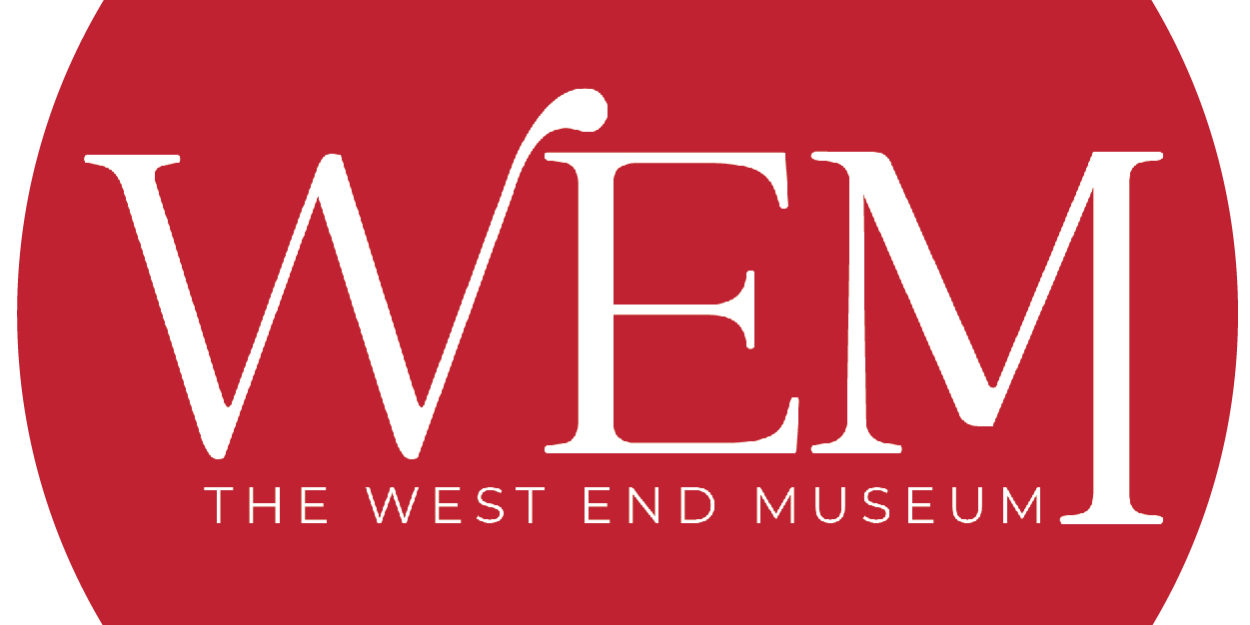Canal Exhibit Attracting Visitors to West End Museum Events Continue Through July 4th Holiday
FOR IMMEDIATE RELEASE: June 14, 2011
Boston—The West End Museum welcomed over 300 visitors during the first week of its new exhibit, “The First Big Dig: Celebrating the Middlesex Canal.” Duane Lucia, executive director of the Museum, says business leaders from the Downtown North Association, friends of the Middlesex Canal Association along with tourists, students and other interested museum-goers came in to learn more about the Commonwealth’s first superhighway. The exhibit—which runs through Boston’s busy July 4th holiday—features paintings, drawings, films, lectures, walking tours and children’s events highlighting the building of the canal; its function and purpose; and its contribution to the Massachusetts economy.
Authorized by Governor John Hancock in 1793, the Canal was the greatest public works project of its time, linking the Merrimack River in Lowell to Boston Harbor and transforming the economy of post-Revolutionary Massachusetts. Long before the railroads, the canal enabled efficient transport of raw materials for use by Boston’s growing population and manufactured goods for export to Europe. Even the granite that was used to construct the Massachusetts General Hospital and the grand mansions of Beacon Hill came down the canal.
Since Boston’s earliest days, the West End was a major transportation hub. Today, the West End Museum celebrates that history and embraces Boston’s evolution. Many free events coinciding with the exhibit are planned for the coming weeks—a listing of remaining events can be found on page 2.
The Middlesex Canal was the most important transportation development of its time, but its story has rarely been told. Please contact us if you would like additional information.
Museum Contact: Duane Lucia, (617) 416-0718, westendmuseum@gmail.com
Media Contact: Matt Ellis, (617) 278-6560, matt@ellisstrategies.com
June 14 – July 9, 2011
Daily hours
The West End Museum is open daily to the public, free of charge, from 12pm-5pm.
2-mile Walking Tour of the Charlestown Mill Pond
Tuesday, June 21, 2011 at 6:30pm @ Sullivan Square Station to West End Museum
Bill Kuttner / Tour Guide
FREE
Bill Kuttner will lead participants on a 2-mile walk from Sullivan Station (Orange Line T-stop) along the area where the Middlesex Canal barges were transported via cable through the Charlestown Mill Pond, across the Charles River to Barton’s Point (Leverett Circle). In 1814 the Boston Mill Pond was filled in forming the Bulfinch Triangle and the canal was extended down Canal Street to Haymarket. The walk will terminate at Quincy Market.
Museum Talk: “A Longer Journey Than I ever Imagined”
Thursday, June 23, 2011 at 6:30pm @ West End Museum
Tom Raphael / Executive Committee Chairman
Middlesex Canal Commission
FREE
When Thomas Raphael became aware that Federal money was available for canal restoration he accepted Chairmanship of the Middlesex Canal Commission. Through the ISTEA program ten percent of all highway construction money is appropriated as enhancement funds for beautification along highways and to restore antique modes of transportation such as light houses, railroads and canals. This has been a fifteen year effort for which Tom deserves enormous credit.
Film: “The Canal That Cut Boston In Two”
Friday, July 1, 2011 at 7:00pm @ West End Museum
Roger Hagopian / Filmmaker
FREE
Filmmaker Roger Hagopian will show his film of David Dettinger’s thesis: “The Canal That Cut Boston In Two” and discuss the project with the audience.
Early in its operation the Middlesex Canal terminated at the Charlestown Mill Pond near Sullivan Square T Station. An ingenious method of pulling the boats across the Charles River was devised using a chain marked by floats at the top and tethered by weights at the bottom. This was necessary because the boats had no keel and were 70-feet long and unwieldy; hand over hand the scows and barges of the Middlesex Canal were pulled across the Charles River to Barton’s Point.
Sometime later, a canal was dug across the Causeway sand bar and boats were taken across the Boston Mill Pond to meet with up with the Mill Creek coming from the ocean. Thus Boston was bisected; cut in two by the Canal.
In 1808 Charles Bulfinch devised a plan to fill in the Mill Pond, and designed the Bulfinch Triangle. At the top of the triangle is Causeway Street, the old sandbar and through the center of the triangle ran the Canal and is today’s Canal Street.
Lunch Hour Artist Talk: “The Incredible Ditch”
Friday, July 6, 2011 at 12:00pm @ West End Museum
Tomas Dahill / Artist
FREE
Artist Thomas Dahill will discuss his fascination and involvement over the years with the Middlesex Canal and the Middlesex Canal Museum. He has illustrated numerous books, most notably “The Incredible Ditch” and “Life on the Middlesex Canal” as well as numerous others. Many of Mr. Dahill’s original works of art are in the exhibit at the West End Museum.


